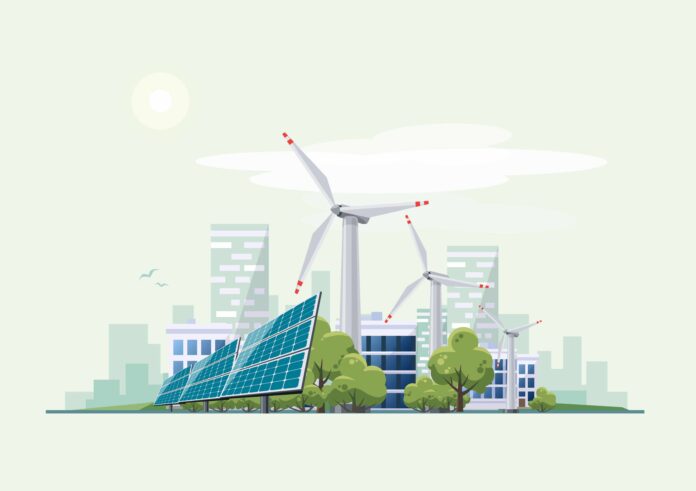Pakistan’s energy intensity—measuring energy used per dollar of GDP—stands at 4.2 megajoules (MJ) per USD, significantly higher than Bangladesh’s 1.9 MJ/USD and Sri Lanka’s 1.7 MJ/USD, according to the World Bank’s latest report.
Energy intensity is a measure of how efficiently a country or economy uses energy to produce goods and services. It’s calculated by dividing the total energy used by the gross domestic product (GDP) or another measure of economic output.
The report, titled Pakistan Energy Efficiency, Industrial Energy Efficiency and Decarbonization (Ee&D), highlights the country’s inefficiencies in energy use, especially in the industrial sector, which consumes over 37% of national energy, about 14 million tonnes of oil equivalent in FY2023.
Rising energy costs, including doubled electricity tariffs and fivefold gas price hikes in recent years, have strained industrial profitability, prompting the need for investments in industrial energy efficiency (IEE).
The report notes that IEE is a central part of Pakistan’s Nationally Determined Contributions (NDCs) to reduce carbon emissions and address its globally uncompetitive carbon and energy intensities.
Pakistan’s carbon intensity in industrial energy use is 55.13 grams of CO2 per MJ—nearly 38% higher than North America and 50% more than the EU. Through energy-efficient technologies, audits, and process upgrades, Pakistan aims to reduce industrial emissions by 5.33 million tonnes of CO2 equivalent by 2030.
The World Bank also pointed out several barriers, noting that many firms view energy efficiency investments as costly and fear they could reduce competitiveness—concerns that worsen when the term “decarbonization” is used instead of “energy efficiency.”




